Are you among the one who dump electronic appliances once it becomes non functional or insignificant? Think again before doing this next time. Do you know that you can improve your component inventory and reduce E-wastes if you master the art of salvaging. In fact you can obtain tons of handy components if you know where to look, what to look and how to salvage it. Treat this article as a beginners guide to teach you the art of salvaging the old circuit boards.
Not a Salvage type? then you can make use of this website www.lcsc.com where you will find components at affordable price. Let’s seek answer for the three important questions What, how and why to salvage from old circuit boards.
WHY SHOULD YOU SALVAGE:
- Salvaging helps you to enrich your component inventory, in fact you could find components which will be a hard catch in the market.
- Salvaging will help you to save money.
- Through salvaging you can reduce the E-waste by reusing stuffs you find.
- You can get your hardware skills honed through Salvaging.
WHAT YOU CAN SALVAGE:
There are endless stuffs you can salvage from circuit boards. But below are the given things which are worth to look for.
MOTORS: Stepper, Servo, DC are some of the motor types you will find while salvaging.
TRANSFORMERS: You will find Step down transformer in almost all Electronic appliances. Step up transformers are pretty rare still handy if you found one.
SPEAKERS & BUZZERS: Found in all audio gadgets and appliances. You might find some top notch quality speakers if you attempt to salvage TV, Old Audio units etc.
SWITCHES AND BUTTONS: This part will be the most reliable one you could find while salvaging. Besides you will find various types of switches in different shapes and sizes, comes in handy always.
LCD AND LED SCREENS: Do not miss these at any cost since its worth quite a money. You could always search for its part number and use it along with your MCU.
MEMORY CHIPS: If you have the chance of salvaging a computer or computing gadgets then smile its your lucky day. RAMs, Hard Drives, Cooler Fans, CPU and GPU units (If they are worth salvaging). These parts generally cost quite a fortune and you don’t want to miss these out.
CONNECTORS: Simple yet very effective salvage pick you could find in many circuit boards. Find it, take it, categorize it and you are good to use.
IC’s : This is probably a tricky thing to salvage but if you do it right you might get a worthy piece for your inventory. Don’t let the looks fool you, some IC’s are really worth good money.
CAPACITORS: You will find this in all the circuits, i would suggest you to be selective than salvaging all capacitors. Large electrolytic capacitors are the ones you should really look for as it costs more and will be handy when building and repairing stuffs. But be careful, always use a multimeter to measure for its voltage before salvaging. Some capacitors might hold charge and delivers shock if mishandled.
TRANSISTORS: Having a large number of different transistors in your inventory is always a great advantage while building projects. MOSFETS ,BJT’s everything is worth going into your inventory.
RESISTORS AND OTHER DISCRETE COMPONENTS: You will find discrete components such as resistors, diodes, small caps, LEDs etc in every circuits. I won’t say it will be your best catch since you can buy these kinda components in bulk for cheap. But it won’t hurt to salvage these if you got some time to kill.
Now you know what to Salvage from the circuit boards, Let’s move into the “HOW” part of this article. Let us see how you could possibly take these components out a rigid PCB boards without damaging it.
HOW TO SALVAGE:
You may need the following tools to salvage components from old circuit boards:
- Solder Iron
- Desoldering wick or pump.
- Wire cutters
- Pliers
- Multimeter
I have found a mosquito bat lying around in my house for too long so i stripped it down and found a useful piece of circuit. Am going to use that circuit for illustrative purposes.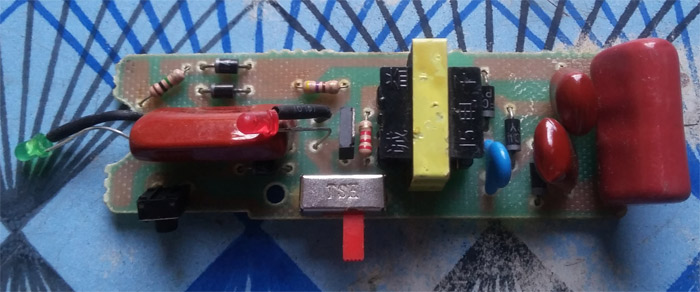
On seeing this circuit i found transformer, capacitors, a slide switch that i could use for my other projects. So i decided to salvage these and add it to my component inventory.
I just used my Solder iron and Desolder pump to salvage these components as this circuit is not very tricky to do so. Approach with caution some components cannot withstand high temperatures for long time. The heat from your solder iron may damage the components so do it quick. If you already have experience with soldering iron it will be piece of cake. Otherwise you may feel its tough in the beginning but once you get used to it, you can do it real quick.
After 15 minutes i managed to get the components i wish to salvage out of the PCB board. I have plenty of LED’s, diodes and resistors with me so i will just pass on the rest of circuit. Now am not gonna throw the rest of the board in the trash, i have a plan for it as well. This goes to my “To be Scrapped” PCB board collection. Later i will go on to local recycle shop and sell it, they know how to recycle and reuse rest of the board. This will make sure i dump no E-waste to the environment (which is great) also i will get few bucks out of it.
Now let’s point out some interesting insights about the components i salvaged from this circuit.
| Component | Cost (In Rupees) |
| Step down transformer | 45 |
| Slide switch | 10 |
| CBB81 223J2KV Capacitor | 35 |
| CBB21 400v824 | 10 |
| 3A332J Capacitor | 14 (2) |
| TOTAL | Rs. 114 /- |
The components i stripped out of this circuit is worth Rs. 114/- (approximately $2 USD). So spending 15 minutes of my spare time i have added components worth Rs.114 or $2 to my inventory.
Think twice before throwing out old electronic goods, dumping E – wastes will do no good for you nor the environment. You could expand your inventory and make some money out of it. Hope this article provides a good start up guide on the art of salvaging.

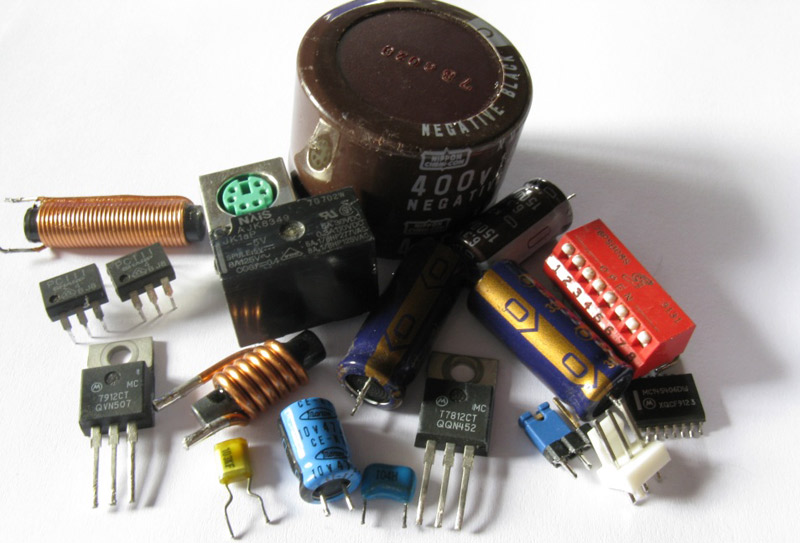
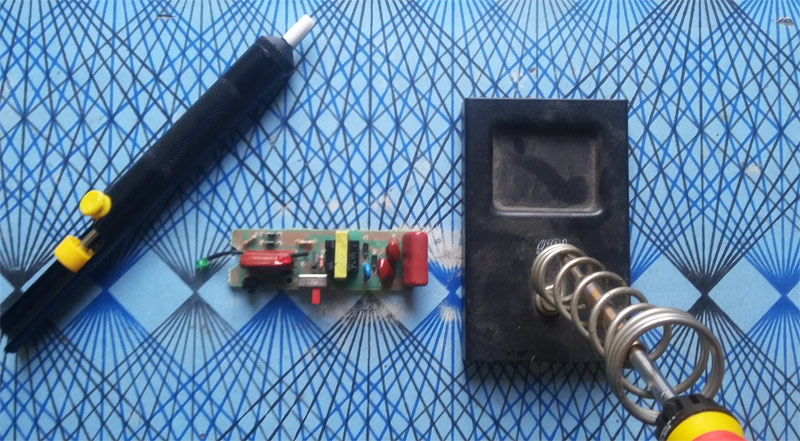
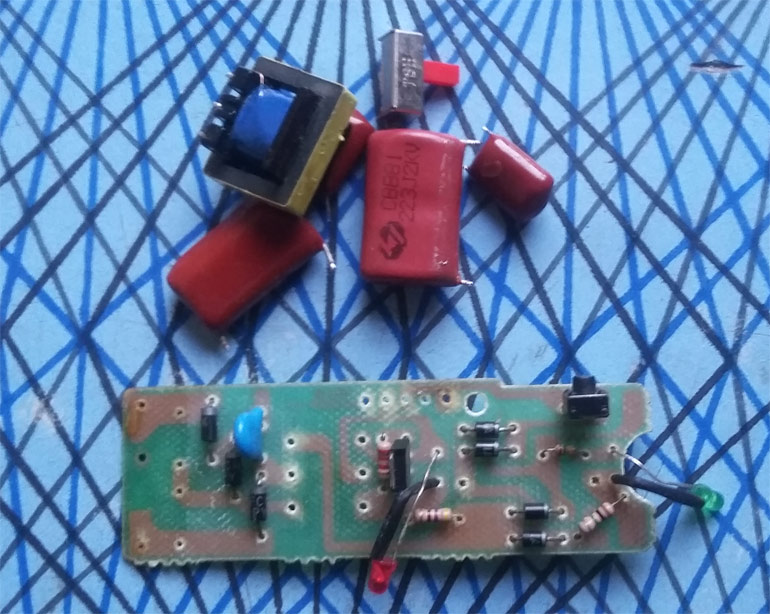

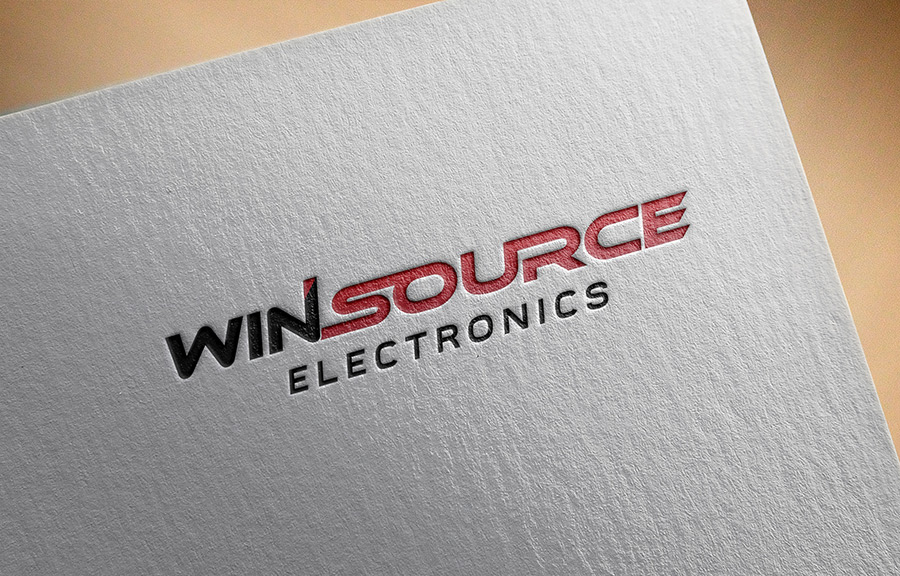

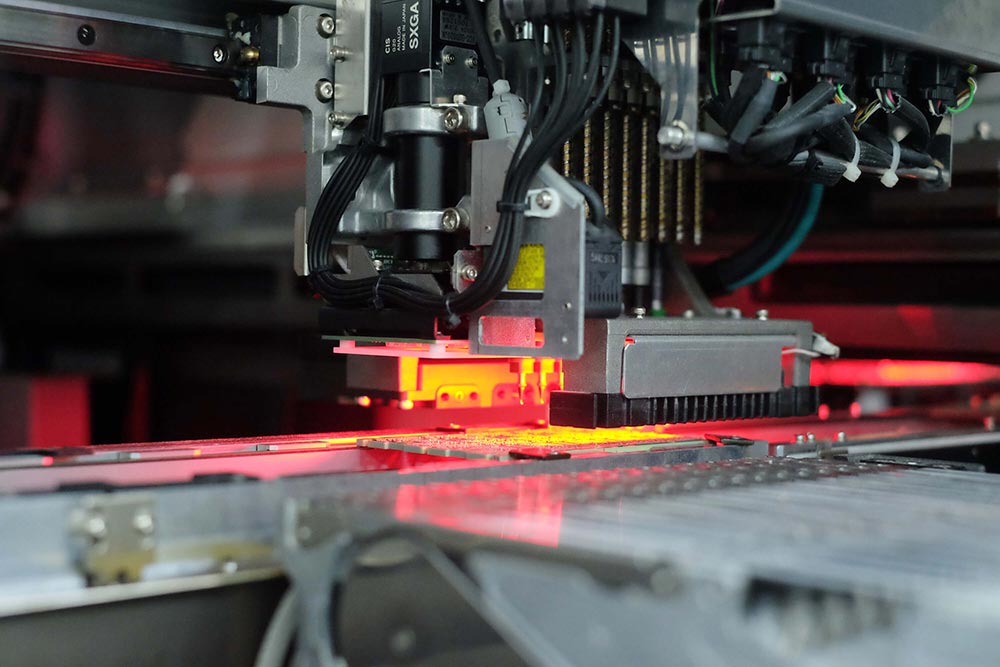
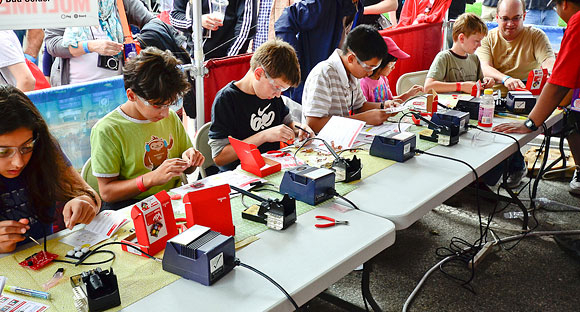
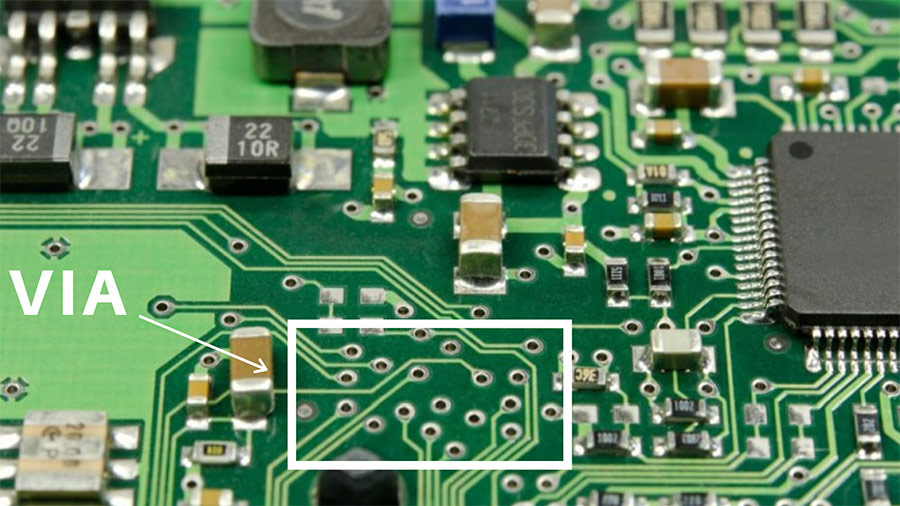
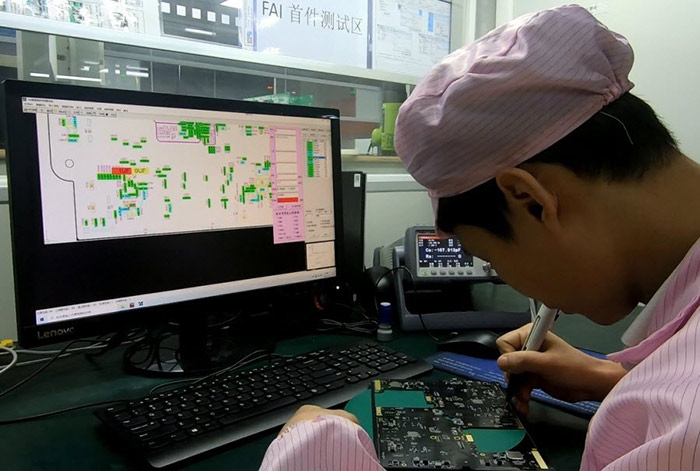
| have a soldering station with of course low and hi, Even on hi it will not melt the solder on any of my boards. When did they start using no-lead solder? I have some that I tested. Again, it will not melt with my equipment.
One issue that is a simple fix, is to make sure the Tip of Solder Iron, is “clean” Use either Steel Wool, or Crocus cloth to remove the black flaky crap off the tip. Must be shiny clean & “tinned”
Brad,
You are right. I do this everytime before putting my soldering into storage.